
Chaddesden, also known locally as Chadd, is a large residential suburb of Derby, in the ceremonial county of Derbyshire, England. Historically a separate village centred on Chaddesden Hall and the 14th century St Mary's Church, the area was significantly expanded by 20th-century housing developments, and became part of the then County Borough of Derby in 1968, prior to Derby's city status in 1977.
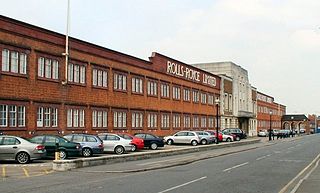
Osmaston is a suburb of Derby, in the ceremonial county of Derbyshire, England. It is about 3 miles south of the city centre. It is written in the Domesday Book as Osmundestune. In 1307, the manor of Osmaston was granted to Robert Holland. It was the location of Osmaston Hall, the residence of the Wilmot baronets of Osmaston.
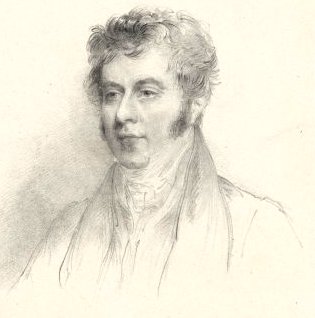
Sir Robert John Wilmot-Horton, 3rd Baronet, GCH, PC, FRS, born Robert John Wilmot, was a British politician, sociopolitical theorist, and colonial administrator. He was Under-Secretary of State for War and the Colonies between 1821 and 1828, and Governor of Ceylon between 1831 and 1837. He is most widely known for his writings on assisted emigration to the colonies of the British Empire.

Wilmorton is a suburb of the city of Derby, England. It is situated between Alvaston and Osmaston, to the south of the city centre on the A6 from Deadman's Lane to the Canal Bridge; the former is aligned to the old town boundary and named from the medieval track that lead to the plague pit dug 1348 during the Great Plague or Black Death. Victims of the Black Death were buried there. It was given the name Wilmorton by the post office in 1887. The area was named after Reverend Sir George Wilmot-Horton, 5th Baronet of Osmaston and was formed out of the Osmaston Hall estate which was broken up in the 1880s.

Barlborough Hall is a Grade I listed 16th-century country house in Barlborough, Chesterfield, Derbyshire. It was built in around 1583-84 for Sir Francis Rodes and is attributed to Robert Smythson.

This is a list of Sheriffs of Derbyshire from 1567 until 1974 and High Sheriffs since.

Sir Francis Ley, 1st Baronet was an English industrialist. He founded Ley's Malleable Castings Vulcan Ironworks in Derby. He (re-)introduced baseball into the United Kingdom town of Derby with the Ley's Recreation Club and owned Ley's Recreation Centre from 1890 to 1924, which was home to Derby County Football Club.

Walton-on-Trent is a village within the civil parish of Walton-upon-Trent, in the National Forest in the South Derbyshire district in Derbyshire, England. The population of the civil parish as taken at the 2011 Census was 872.

Catton Hall is a country house near the boundary between Derbyshire and Staffordshire, within the civil parish of Catton. It gives its postal address as Walton-on-Trent although there was a village of Catton at one time. It is a Grade II* listed building.
There have been three baronetcies created for persons with the surname Wilmot, one in the Baronetage of Ireland and two in the Baronetage of Great Britain. One creation is extant as of 2008.
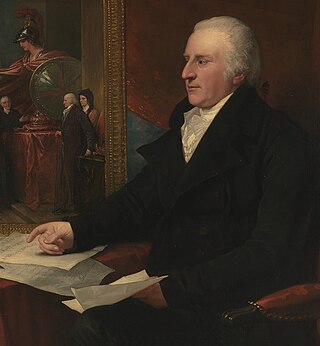
Sir John Eardley Wilmot PC SL, was an English judge, Chief Justice of the Common Pleas from 1766 to 1771.

The Baronetcy of Gresley of Drakelow was created in the Baronetage of England on 29 June 1611 for George Gresley of Drakelow Hall, Derbyshire who was later High Sheriff of Derbyshire and Member of Parliament for Newcastle-under-Lyme.
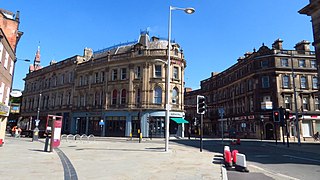
Derby is a city and unitary authority area on the River Derwent in Derbyshire, England. Derbyshire is named after Derby, which was its original county town. As a unitary authority, Derby is administratively independent from Derbyshire County Council. The population of Derby is 263,490 (2022).
This is a partial list of country houses in Derbyshire which have been demolished:
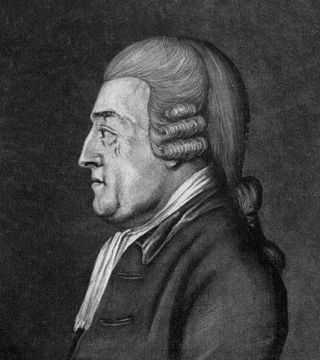
Sir Robert Wilmot, 2nd Baronet was the natural son of Sir Robert Wilmot the first baronet of Osmaston Hall, who was the Secretary to the Lord Lieutenant of Ireland.
Sir Robert Wilmot, 1st Baronet (1708–1772) was an English servant of the Crown, Secretary to successive Viceroys of Ireland from 1740 to 1772, and after 1758 Secretary to the Lord Chamberlain of the Household. By 1750 several correspondents regarded him as "the channel through which all Irish business, especially that concerning patronage, must flow".

Catton is a civil parish within the South Derbyshire district, which is in the county of Derbyshire, England. Overwhelmingly rural, its population is reported alongside the adjacent parish of Coton in the Elms for a total of 896 residents in 2011. The parish is 100 miles (160 km) north west of London, 15 miles (24 km) south west of the county city of Derby, and 5 miles (8.0 km) south west of the nearest market town of Burton upon Trent. Being on the edge of the county border, it shares a boundary with the parishes of Coton in the Elms, Lullington and Walton upon Trent in Derbyshire, as well as Barton-under-Needwood, Edingale and Wychnor in Staffordshire. Catton Hall, a historic country house and the surrounding Catton Park are notable for hosting several annual events.

Sudbrook Park in Petersham was developed by John Campbell, 2nd Duke of Argyll in the early 18th century. Sudbrook House, designed for Argyll by James Gibbs and now Grade I listed by Historic England, is considered a fine example of Palladian architecture. The house and its surrounding park have been the home of the Richmond Golf Club since 1891.

Francis Wright JP DL, was a British industrialist and philanthropist.

Anne Beatrix Wilmot-Horton was an English amateur botanist who was the dedicatee of the plant genus Hortonia and of Lord Byron’s poem 'She Walks in Beauty'.

















